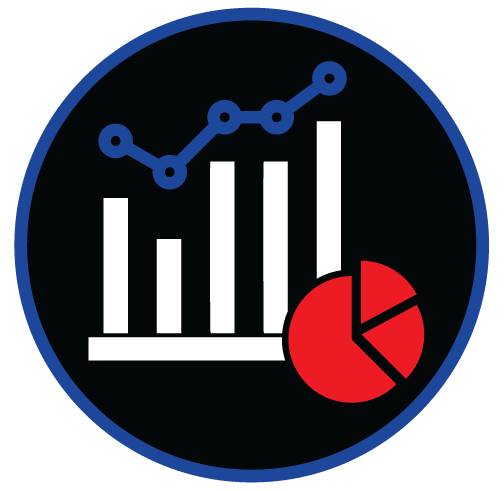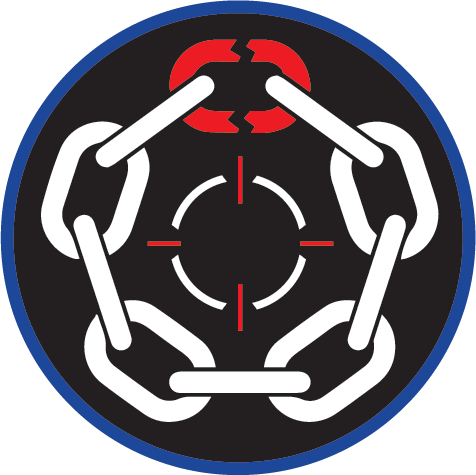
Digital Presence Wordcloud
Map Your Online Landscape: ThreatNG's Wordcloud Visualizes the Language of Your Digital World
ThreatNG's Domain Intelligence Investigation Module includes a powerful visualization tool: the Digital Presence Wordcloud. This capability analyzes and displays the language used across your digital footprint, offering a unique perspective for identifying potential security threats and vulnerabilities. Discover the most frequent words associated with your organization online, revealing hidden connections to unknown assets, misconfigurations, brand impersonation attempts, data leaks, and more. This word-centric view empowers security teams to understand their external attack surface quickly and proactively manage digital risk using external attack surface management (EASM) and digital risk protection (DRP) strategies.

Your Digital Presence, Deconstructed: ThreatNG's Wordcloud Paints a Powerful Picture
Comprehensive Risk Identification
The wordcloud analyzes the language associated with your organization and its ecosystem to provide a holistic view of potential risks across all areas—from attack surface management and digital risk protection to brand protection, due diligence, and third-party risk. This lets you identify threats hidden in plain sight, such as unknown assets, data leaks, brand impersonation, and negative sentiment.
Prioritized Remediation
The wordcloud helps you prioritize your security efforts by visualizing the prominence of different keywords. Focus on the most critical areas, whether addressing vulnerabilities in a frequently mentioned technology, investigating a potential data leak associated with a specific term, or mitigating a brand threat linked to certain keywords.
Proactive Risk Management
The word cloud enables proactive risk management by offering insights into emerging threats and trends. By monitoring changes in the wordcloud over time, you can identify new risks, anticipate potential problems, and take action before they escalate. This is crucial for maintaining a strong security posture and protecting your organization's reputation in today's dynamic digital landscape.
Read Between the Lines: ThreatNG's Wordcloud Unlocks Website Insights for Risk Management
ThreatNG's Domain Intelligence Investigation Module goes beyond the surface with its powerful Wordcloud feature. By analyzing the language used across a website, this capability provides a unique lens for identifying potential security threats, brand risks, and compliance issues. "Read Between the Lines" as the wordcloud reveals hidden connections to unknown assets, misconfigurations, brand impersonation attempts, data leaks, and more – all derived from the words present on the target website. This word-centric view empowers security teams, brand managers, and risk analysts to understand any organization's online presence better and proactively manage digital risk across various areas, including external attack surface management, digital risk protection, brand protection, due diligence, and third-party risk management.
EASM
Uncover Hidden Website Assets: The wordcloud helps visualize and identify overlooked website assets, like hidden pages, login portals, or exposed resources, by analyzing the words used across the site. This ensures a complete understanding of the website's attack surface for your organization and any target.
Detect Website Misconfigurations: By analyzing the prominence of specific keywords on the website, security teams can pinpoint potentially misconfigured elements that may expose sensitive data. For example, terms like "database" or "credentials" appearing in unexpected locations could indicate a security risk.
Prioritize Website Vulnerability Remediation: The wordcloud aids in prioritizing vulnerability remediation efforts by highlighting the most prevalent technologies and services mentioned on the website. This allows security teams to focus on addressing vulnerabilities in critical areas first.
Digital Risk Protection
Detect Website-Based Brand Impersonation: Identify instances of brand impersonation or phishing attempts from the website by highlighting suspicious keywords related to the brand. For example, "free offer" or "urgent action required" appearing on unofficial pages could signal a phishing campaign.
Monitor Website Sentiment: Analyze the sentiment of words used on the website to gain insights into public perception and identify potential reputational risks. Negative sentiment or associations with controversial topics warrant further investigation.
Uncover Website Data Leaks: Highlight keywords related to sensitive information, such as "customer data" or "financial records, " to reveal potential data leaks from the website. If these terms appear in unexpected contexts or on unauthorized pages, they could indicate a data breach.
Brand Protection
Identify Website Brand Abuse: Analyze the context in which brand-related keywords appear on a website to quickly detect brand abuse, such as trademark infringement or unauthorized use of brand assets.
Monitor Website Brand Reputation: Track brand reputation by analyzing the sentiment and context of words associated with the brand on the website. This allows for early identification of negative publicity or damaging associations.
Safeguard Brand Identity: Protect brand identity by identifying and mitigating brand impersonation or fraudulent activities from the website that could damage the brand's image.
Due Diligence
Assess Website Content: Gain a comprehensive understanding of a target organization's website content, including its offerings, potential vulnerabilities, and online reputation, through the analysis of word usage.
Uncover Hidden Website Risks: Identify potential red flags on the website, such as data leaks, security weaknesses, negative publicity, or questionable online activities, which may not be apparent through traditional due diligence methods.
Inform Decision-Making: Make informed decisions about mergers, acquisitions, partnerships, or investments by evaluating the target organization's digital risk profile based on the insights derived from their website's wordcloud.
Third-Party Risk Management
Monitor Vendor Website Risk: Continuously monitor the digital risk posture of third-party vendors and suppliers by analyzing the word choices on their websites to identify potential vulnerabilities or security breaches that could impact your organization.
Assess Website Compliance: Evaluate third parties' compliance with security standards and regulations by analyzing their website content for potential risks and inconsistencies.

















